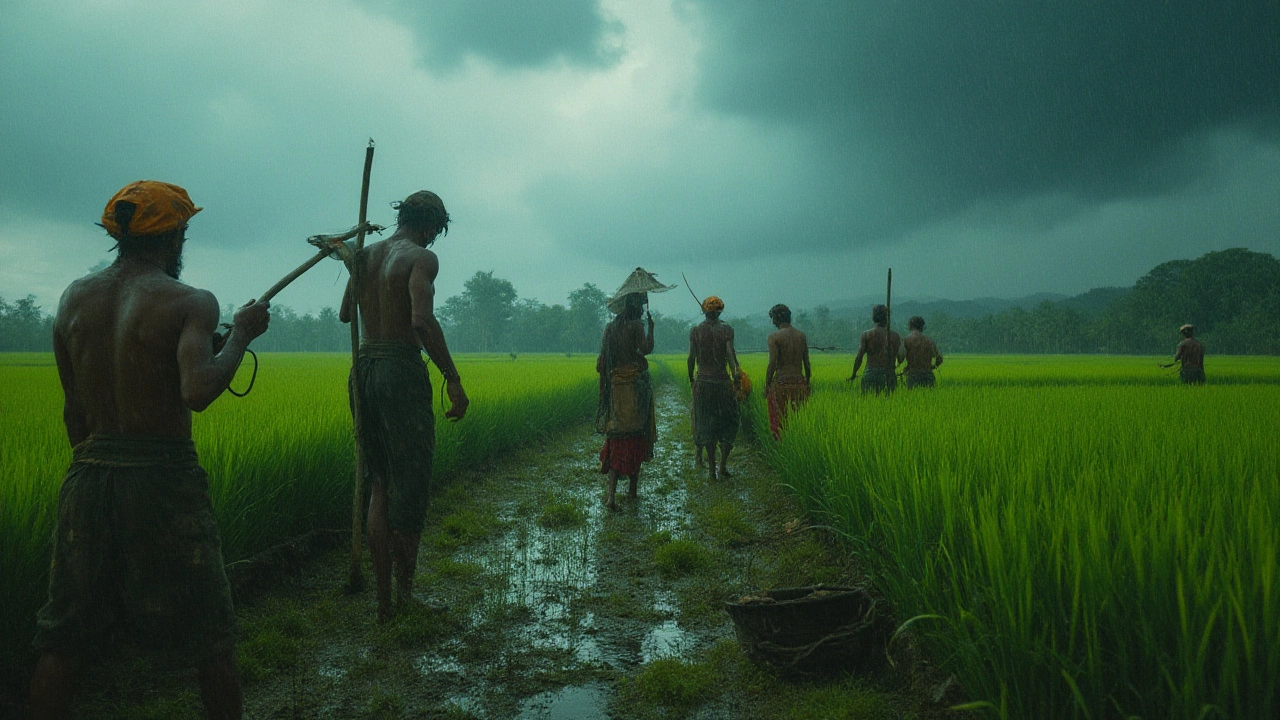Uncover the real risks of the rice business, from unpredictable weather to shifting market prices, and learn practical tips to protect your rice farming investment.
Crop Cultivation in India: Tips, Techniques, and Common Mistakes
When you think about crop cultivation, the process of growing plants for food, fiber, or other uses through planned planting and care. Also known as agricultural production, it’s not just about seeding and waiting—it’s about working with India’s weather, soil, and seasons to get the most out of every inch of land. Whether you’re growing rice on a field in Punjab or tomatoes on a balcony in Mumbai, crop cultivation means understanding what your plants need, when they need it, and how to avoid the mistakes that kill yields before harvest.
Good crop cultivation starts with soil health, the condition of soil that supports plant growth through nutrient availability, structure, and microbial activity. Dense, clay-heavy soil won’t let roots breathe—so adding compost or perlite, like many Indian gardeners do, makes all the difference. Then there’s irrigation systems, methods used to deliver water to crops efficiently, including drip lines and sprinklers. Drip emitters save water but clog easily if not cleaned—something every small farmer in Tamil Nadu or Rajasthan learns the hard way. And let’s not forget organic farming, growing crops without synthetic fertilizers or pesticides, relying instead on natural inputs and ecological balance. It’s not just a trend—it’s how generations of Indian farmers kept their land productive before chemicals became common.
Some crops, like rice, are annuals—you plant them every year. Others, like certain flowering plants, bloom nonstop if you give them the right sun and water. Crop cultivation isn’t one-size-fits-all. What works on a terrace in Delhi won’t work in a flood-prone field in Assam. That’s why success comes from observation, not guesswork. Pay attention to how your plants react. Notice when leaves yellow, when emitters slow down, when rabbits start nibbling zinnias. These aren’t random problems—they’re signals. Fix them early, and you’re not just growing food—you’re building resilience.
Below, you’ll find real guides from farmers and gardeners who’ve been there: how to fix clogged drip lines, how to loosen heavy soil, why some plants bloom all year in India, and which plants actually survive monsoons and heatwaves. No fluff. No theory. Just what works on the ground, in India’s unique climate.
